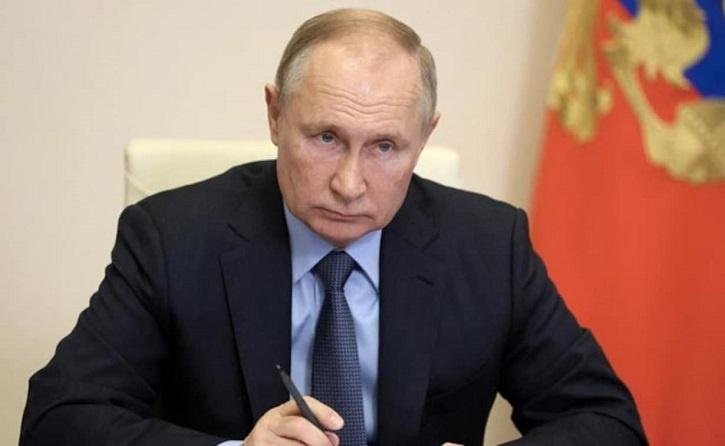Russia has formally withdrawn from the Treaty on Conventional Armed Forces in Europe (CFE), citing NATO’s expansion as a barrier to cooperation. The move follows Russia’s recent revocation of the Comprehensive Nuclear Test Ban Treaty (CTBT) and a test launch of an intercontinental ballistic missile.
Background: The CFE Treaty
- Signed in 1990 after the fall of the Berlin Wall, the CFE aimed to limit conventional arms and prevent a rapid build-up of forces between Cold War rivals.
- Moscow, holding an advantage in conventional weaponry at the time, was initially reluctant to embrace the pact.
Russia’s Perspective on the CFE
- Russia’s Ministry of Foreign Affairs declared the CFE as “history,” stating that the treaty did not align with Russia’s interests.
- They argued that NATO countries had been bypassing restrictions as the alliance expanded, rendering the pact irrelevant to Russia’s security concerns.
NATO’s Claims and Russia’s Actions
- NATO accused Russia of non-compliance with the CFE for years, pointing to Moscow’s suspension of participation in 2007 and complete withdrawal in 2015.
- Russia, after a full-scale invasion of Ukraine in 2022, officially denounced the CFE in May 2023.
- The U.S. and its allies had linked ratification of the adapted 1999 CFE to Russia’s withdrawal of troops from Georgia and Moldova, a linkage Moscow contested.
CFE Treaty: A Relic of the Cold War
- The Russian Foreign Ministry argued that the CFE Treaty, conceived at the end of the Cold War, no longer served its purpose in the current geopolitical landscape.
- They noted that the U.S. and its allies failed to ratify an updated version of the accord in 1999, further diminishing the treaty’s relevance.
U.S.-Russia Relations in Crisis
- Dmitry Peskov, Kremlin spokesperson, characterized relations with the U.S. as “below zero,” emphasizing the deepening crisis triggered by the war in Ukraine.
- NATO condemned Russia’s CFE withdrawal, asserting that it undermined Euro-Atlantic security.
Find More International News Here




 Operation Hawkeye: US and Jordan Strike ...
Operation Hawkeye: US and Jordan Strike ...
 India and the Netherlands Set Up Joint T...
India and the Netherlands Set Up Joint T...
 Brazil Hands Over BRICS Presidency to In...
Brazil Hands Over BRICS Presidency to In...







